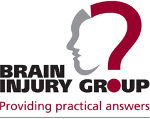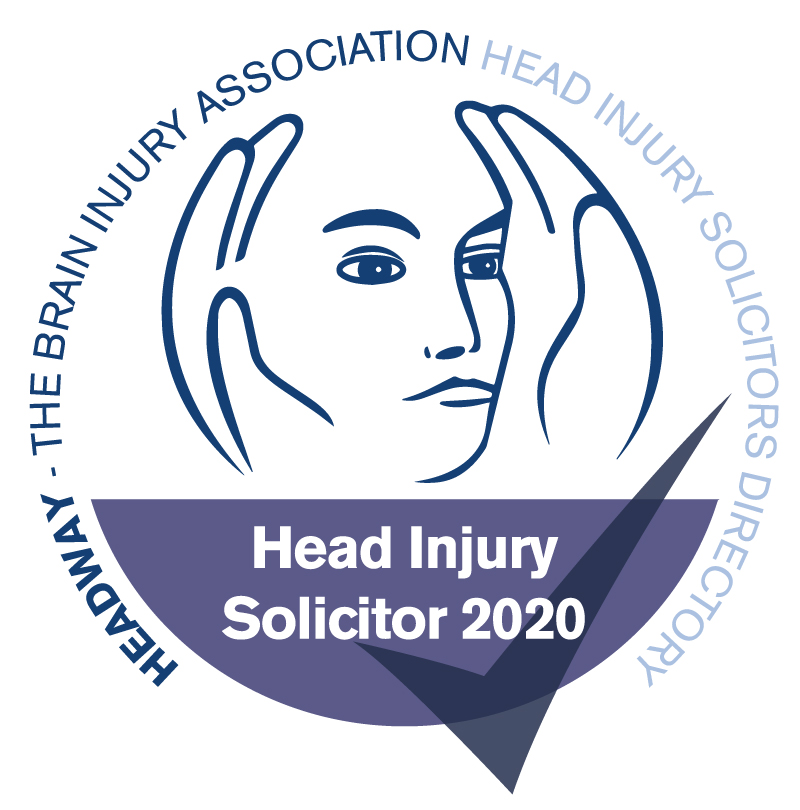.jpg)
Aortic Dissection – what it is and recent case examples
You might be forgiven in believing the most severe heart problem is a heart attack. There is something which is even more catastrophic - it's called ‘aortic dissection’, and if your doctor doesn't diagnose and treat it in time, it will kill you.
The aorta is the largest artery in your body and is connected to the left side of your heart. It is responsible for dispensing oxygen to the rest of your body. If something goes wrong in the aorta, the result can be deadly.
Aortic dissection is the description for a tear in the inner wall of the aorta. Once it tears, blood starts to spill out. If the internal bleeding isn't stopped quickly, it can damage your organs and cause them to fail. And, because you are losing that blood, instead of travelling to other parts of your body it can lead to a stroke.
The most tell-tale symptom of aortic dissection is a feeling that your chest is being ripped apart, and, in a way, it is. Another tell-tale symptom is when your blood pressure is different between your left and right arms.
Is there anything you can do to prevent this from happening to you?
It is I’m afraid quite indiscriminate, but a good way to lower your risk is to lower your blood pressure. High blood pressure puts a lot of extra stress and strain on your aortic tissue, which can make it more likely to tear. You'll also lower your chances of suffering an aortic dissection by lowering your cholesterol, quitting smoking, and managing your diabetes.
We recently acted for the wife of a client who had all of the classic symptoms of aortic dissection. This was not diagnosed. The client should have been transferred to a special cardiology unit, but unfortunately, the transfer wasn't listed as ‘critical, so it took much longer than it should have. By the time the client arrived at the cardiology unit, he was very unstable. Despite going into emergency aortic surgery, it was sadly too late - the cardiology specialists couldn't save him.
We consulted with an eminent Consultant Cardiologist, who determined that a faster transfer would have likely saved our client’s life as time was of the essence. As a result, we were able to show the Hospital Trust breached the standard of care owed to the client and we successfully recovered compensation.
In another case, I acted for a motorcyclist who was hit head on by a van driver who suffered aortic dissection at the wheel and veered across the lanes into the path of my client. The van driver died at the scene. My client suffered a traumatic brain injury and severe orthopaedic injuries.
The driver’s solicitor denied liability and raised the defence of ‘automatism’ meaning that the driver was not able to control what he was doing. The Defendant needed to show on the balance of probabilities that the driver was in a state of automatism. The finding of the Inquest was that the driver’s death was almost instantaneous (less than one minute), thus strengthening the case for the driver. I argued that the driver had a relevant medical history and known symptoms leading up to the accident, which suggested he should not have driven on the day thus allowing himself to be in the position where he could lose control and cause an accident. Despite a significant litigation risk, I was able to negotiate a without prejudice settlement for a £six figure sum.
kevin.w@clearlawonline.co.uk



